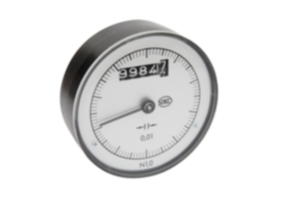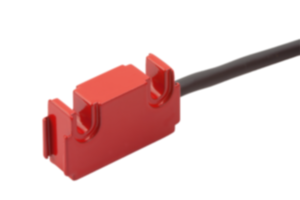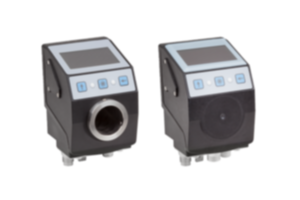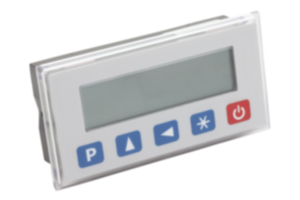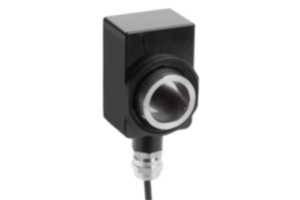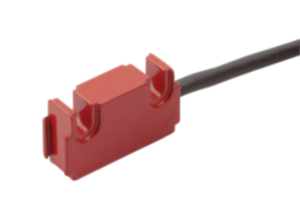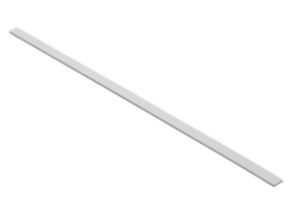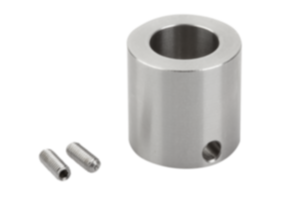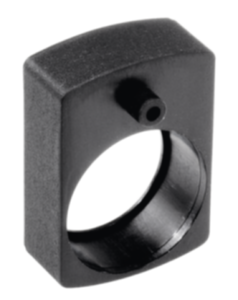Locating and clamping systems
The positioning and clamping system allows precise positioning and fastening of tooling and baseplates. The mechanical or pneumatic system consists of a locating cylinder, centering bushing and locating bushing. Easy installation of the system is achieved through self-installation.
Positioning and clamping systems by KIPP
In this category we offer versatile operating parts to be used in positioning and clamping systems. Positioning and clamping systems are part of clamping technology and essential in many industrial applications. They allow for precise positioning and secure fixing of tools or workpieces. Individual operating elements are therefore crucial for accuracy and efficiency in the production process.
A positioning and clamping system combines precise movement control (positioning) with secure holding functions (clamping).
Motion control products include:
Parts such as positioning cylinders or centring clamps make it possible to precisely fix components in the desired position. This allows for precise machining in CNC machines or other production systems.
Centring and locating bushes ensure that workpieces are always placed in the same position. This is crucial for repeatable accuracy.
Die The holding function is realised by operating parts such as clamping bolts.
The individual components ensure smooth and sturdy handling, which significantly improves the production process. They form the basis for precision, efficiency and repeatability.
In automated processes, workpieces have to be precisely positioned and securely fastened. This ensures quality of end products and minimises sources of error.
What are positioning systems?
How do positioning systems work?
What is a clamping system anyway?
Advantages of positioning systems
Complete your positioning and clamping systems with our operating elements
What are positioning systems?
Positioning systems are used to precisely position objects or tools. They play an important part in automation technology and robotics. But also in clamping technology and production processes where precise movement or alignment is required. Positioning systems are used to move components in production lines, scientific instruments or machines to set positions.
Positioning systems are characterised by high precision. Accuracy refers to the system's ability to reach a specified position with minimum deviation. Another important criterion is repeatability. In other words, the system's ability to reach the same exact position again and again, even after many movement cycles.
However, the main task of positioning systems is to move objects precisely to pre-determined positions. This can be done by linear movement along an axis or rotating movement around one or more axes.
As already mentioned, locating bushes, positioning mounts, positioning cylinders, centring bushes and centring clamps allow for motion control.
Highlights in this category:
Also available, besides positioning cylinders, are three different repair kits. The sets contain specific components that depend on the material and design of the positioning cylinder.
The repair kit for positioning cylinders includes a countersunk screw, an O-ring and 3-piece jaws.
The repair kit for stainless steel positioning cylinders contains a locking screw, an O-ring and a 4-piece ball set.
How do positioning systems work?
For positioning systems to work, they are based on two basic principles. Control and feedback.
Positioning systems are controlled by programmes that determine how and where components should move. Controls may be manual or automatic, depending on the application.
Systems often use feedback sensors to monitor the current position of a workpiece. This enables precise adjustment and correction of movements in real time.
Individual components of a positioning system also contribute to the function of the system.
- Actuators: These mechanical devices are responsible for the movement. Actuators can be electric motors, pneumatic or hydraulic cylinders. They convert electrical signals into mechanical movement.
- Sensors: Sensors such as encoders or proximity switches detect the current position of workpieces or components. They provide feedback to the control unit, which monitors and adjusts the position of the workpiece.
- Control units: This unit processes inputs from sensors and controls and controls actuators to carry out movements as required. It can be both hardware and software-based t.
And this is how a positioning machine works:
The operator programs desired positions and movement sequences into the control unit.
The actuator is activated to move the workpiece. This can be done by linear movement (e.g. sliding systems) or rotary movement (e.g. turning devices).
During movement, the sensor detects the current position of the workpiece. This data is sent to the control unit. If the position does not match the determined position, the control unit adjusts the movement of the actuator. This way the workpiece is precisely positioned.
As soon as the workpiece has arrived at the determined position, clamping mechanisms are activated. This fastens it securely and processing can start.
What is a clamping system anyway?
A clamping system is a device that securely fastens and clamps workpieces during the machining process.
Unlike positioning systems, the main task of clamping systems is to hold objects in one position.
Clamping systems are used in manufacturing and machining technology. Clamping ensures that workpieces remains stable and do not move during milling, turning, drilling or grinding.
What are the advantages of positioning systems?
In modern production technology, positioning and clamping systems play a crucial part in streamlining production processes.
In view of increasing demand for precision, speed and flexibility in the industry, positioning and clamping systems are practical solutions. They are also an essential component of successful manufacturing strategies.
The advantages are complex and range from automation of manual processes to significant reduction in set-up times. In the following sections, we will take a closer look at key benefits of positioning and clamping systems.
Precise positioning: Positioning systems allow for precise position control of workpieces during the machining process. Such precision is crucial in order to guarantee high quality standards in production and minimise scrap.
Increased efficiency: Automation of positioning and clamping processes reduces manual intervention. This speeds up production processes and increases overall efficiency, as machines are able to work continuously and without interruption.
Improved repeatability: Positioning and clamping systems offer high repeat accuracy, so that identical parts can be produced consistently in different production cycles. This property is particularly important in series production, where consistent quality is required.
Flexibility in application: Many positioning and clamping systems are modular and customisable. This allows for easy adjustment to different sizes and shapes of workpieces, making the systems versatile in use.
Fast changeover times: Quick-clamping systems make it easy to open and close the parts quickly, which significantly reduces set-up times. This ensures rapid adjustment to changing production requirements.
High holding forces: Holding forces of positioning cylinders are high. Operating parts are suitable for different thicknesses of clamping plates. This ensures secure fastening of workpieces, which increases process reliability.
Safe clamping processes: The use of highly developed clamping mechanisms allow for workpieces to be held in place securely. This reduces the risk of slippage or damage during the machining process. This in turn increases safety for machine operators and ensures high-quality results.
Precise alignment: The system allows for precise alignment and fastening of workpieces, which is crucial for processing accuracy. This precise positioning significantly contributes to the quality of the end product.
Cost reduction: In addition to reducing waste, improving efficiency and minimising errors, positioning and clamping systems help to reduce production costs. This enables companies to increase their profitability long term.
Complete your positioning and clamping systems with our operating elements
KIPP is a renowned manufacturer of positioning and clamping systems. We specialise in innovative solutions for mechanical engineering and manufacturing industries. We are known for high-quality products that allow for precise positioning and secure clamping operations.
KIPP's product portfolio includes a wide range of clamping devices such as vices, clamping jaws and clamping fixtures. These ensure that workpieces are fastened securely in place during processing. They also offer positioning systems that enable precise alignment and movement of workpieces in various machining processes.
KIPP also manufactures modular tables and brackets. Such may be used in combination with other clamping and positioning technologies.
Our products are not only durable, but also by feature precise functionality. This is particularly important in the mechanical engineering and manufacturing industries. We combine state-of-the-art technologies with a deep understanding of customer needs. This results in custom solutions that maximise both efficiency and accuracy.
Are you ready to discover the advantages of KIPP positioning and clamping systems for your company? Then what are you waiting for? Contact us! Our dedicated team is always there to answer your questions.











